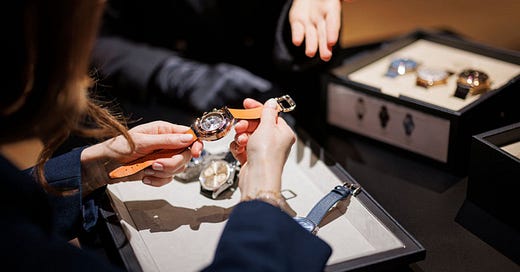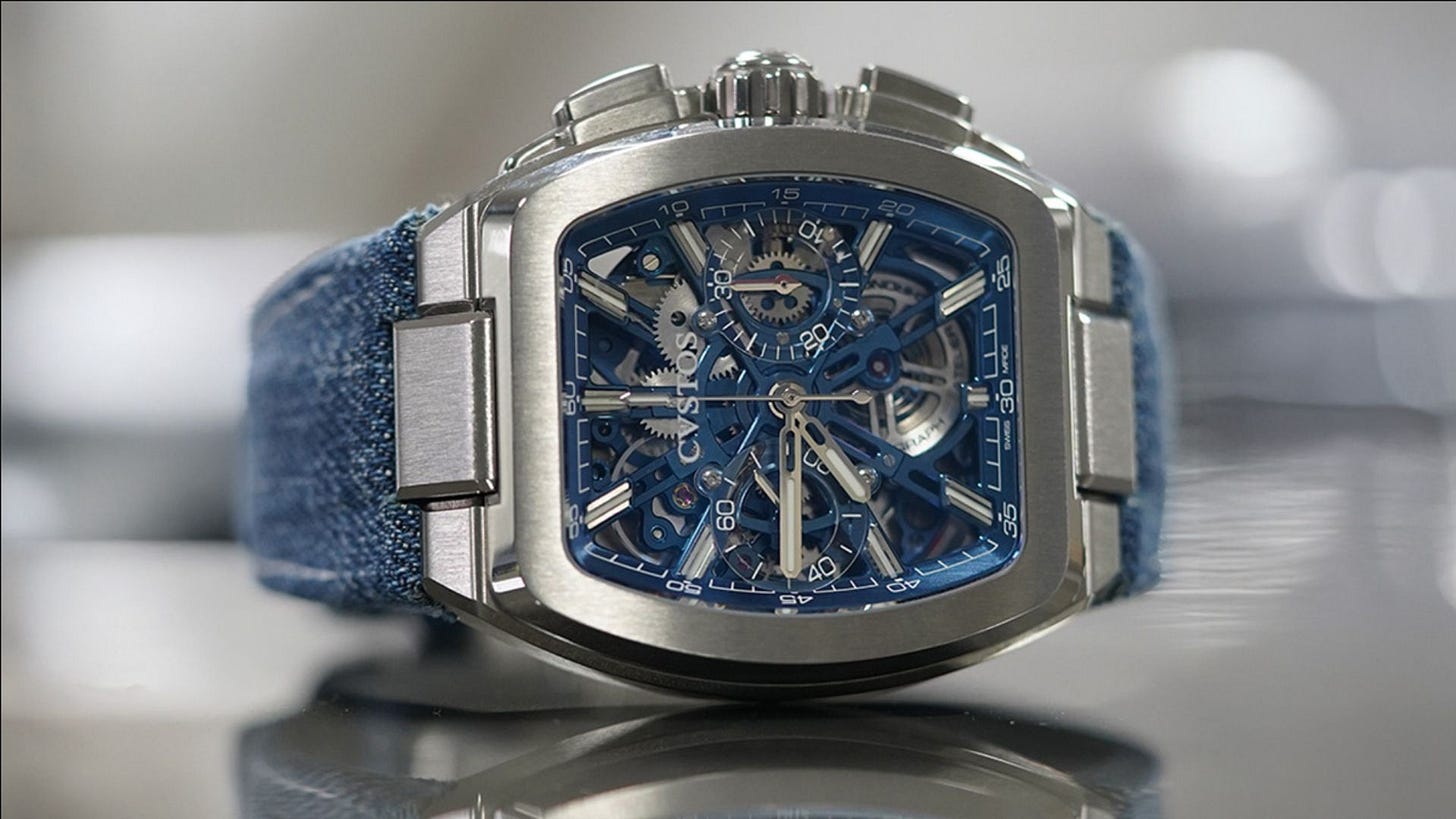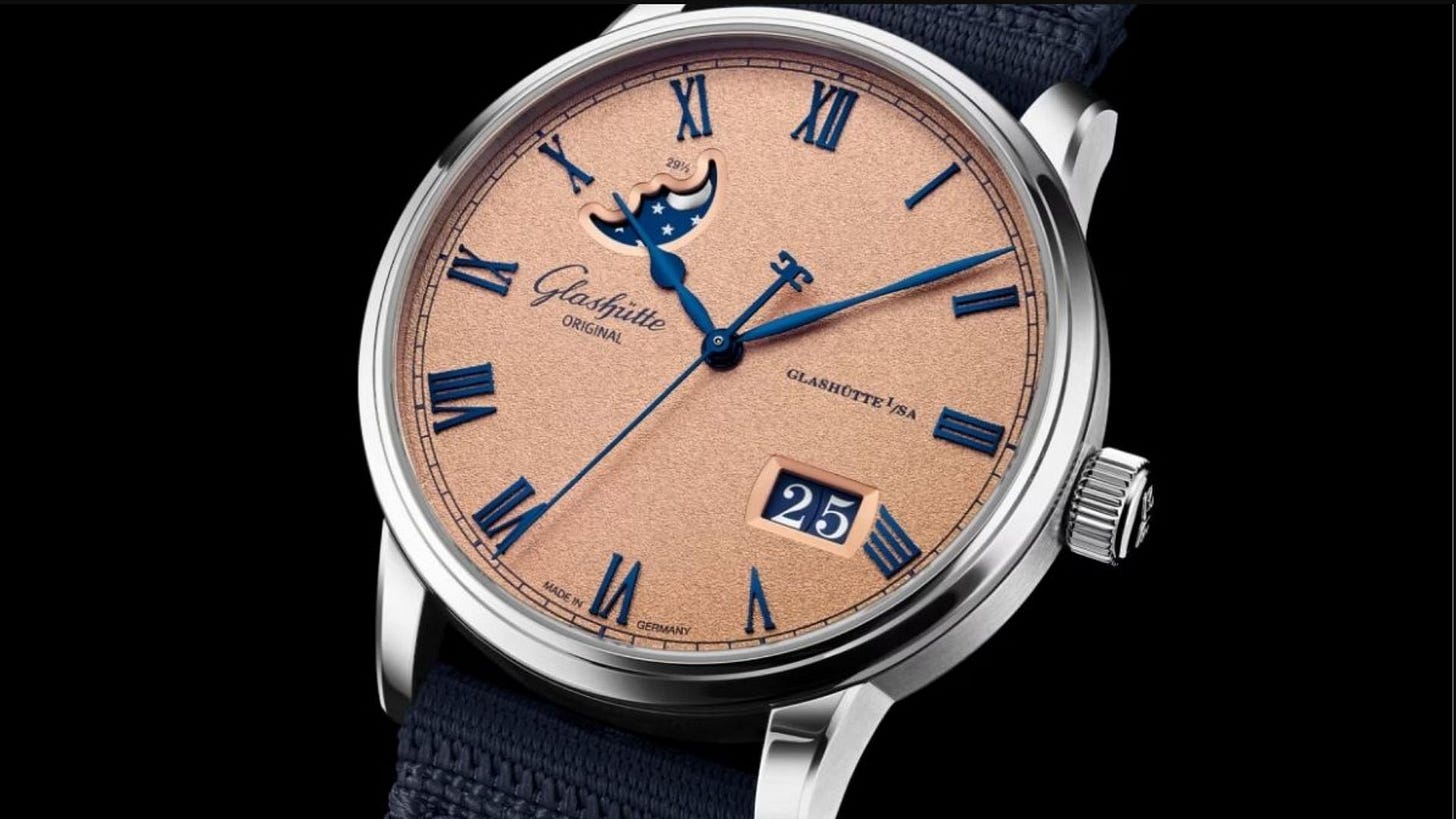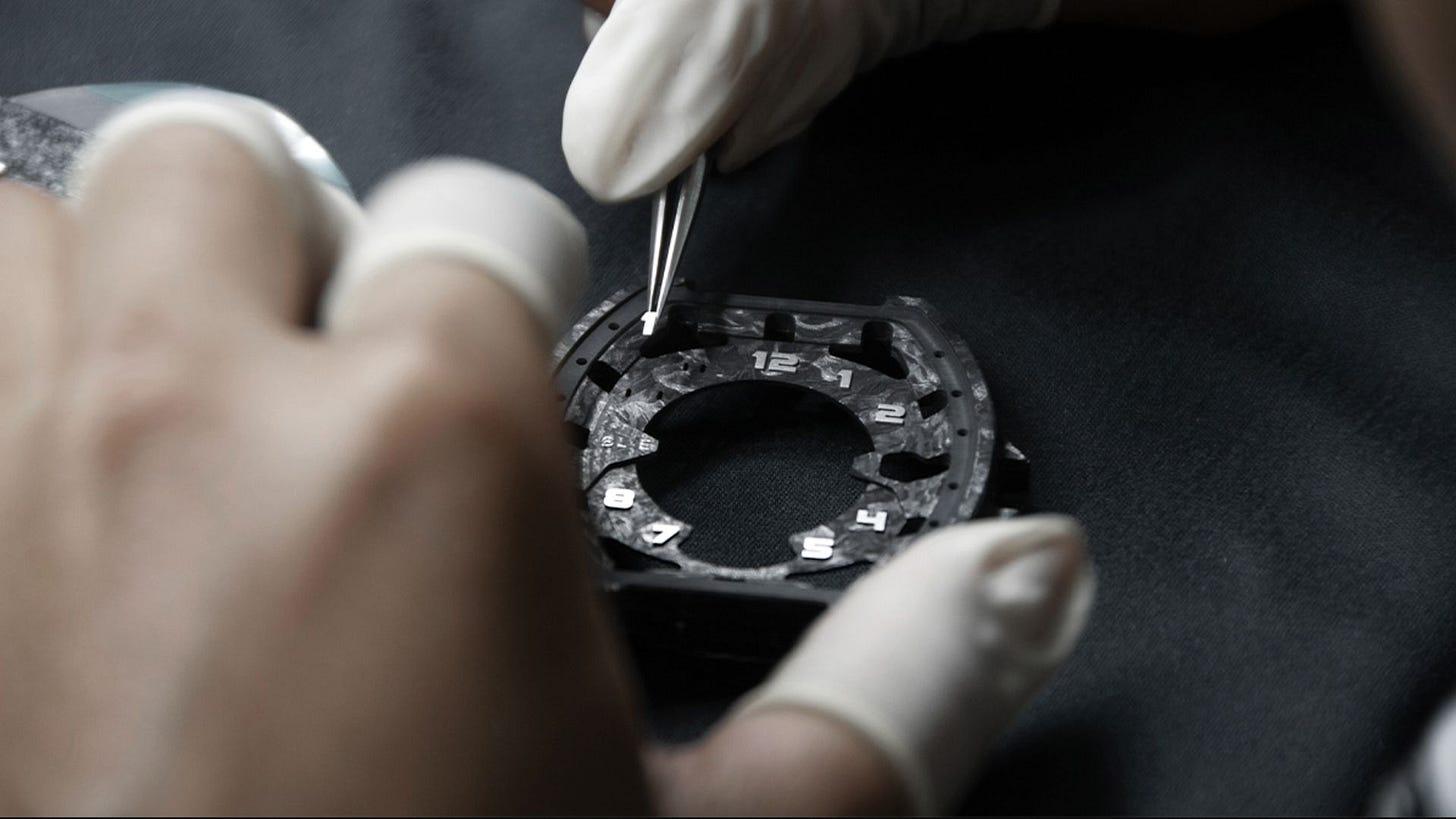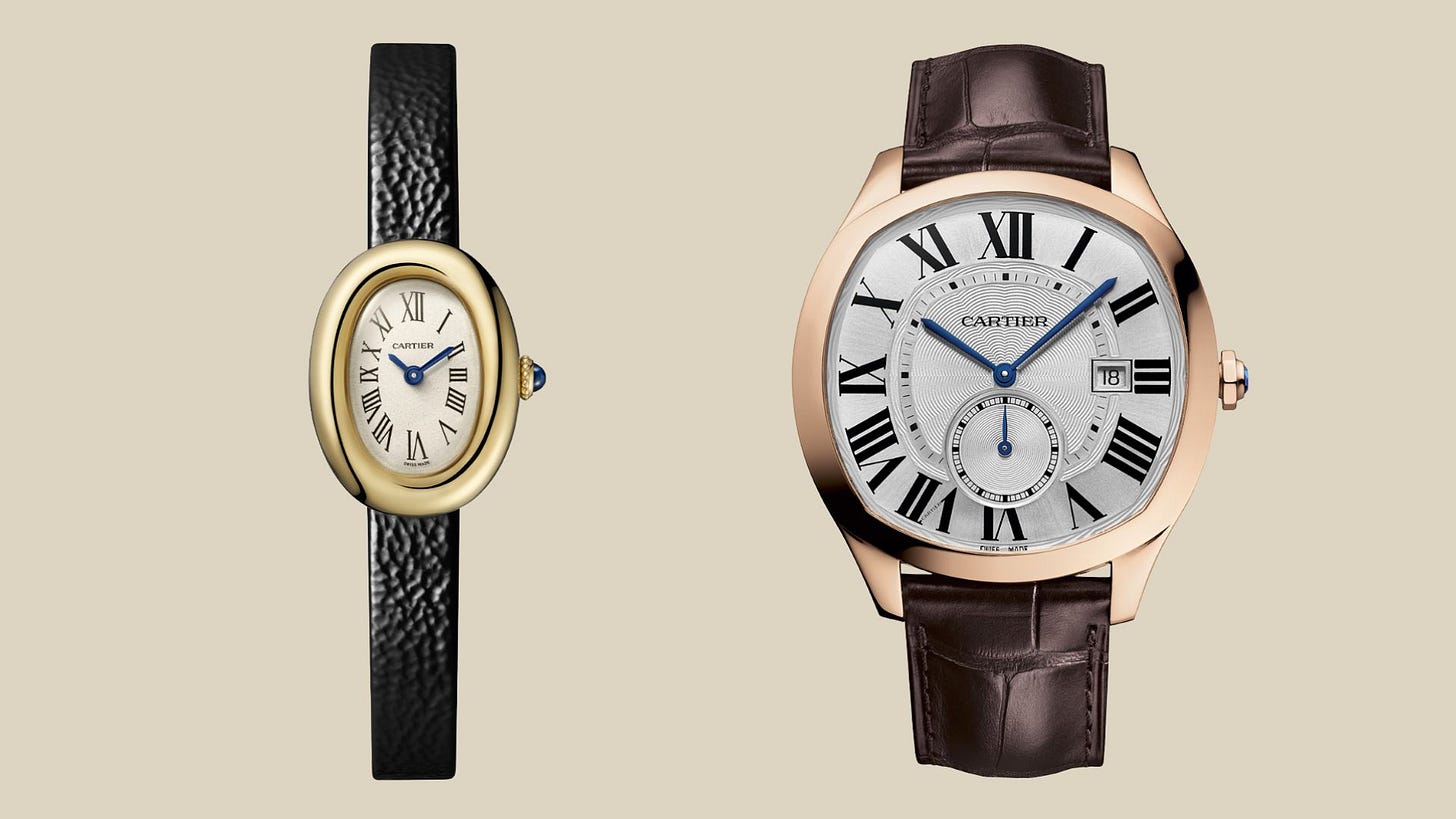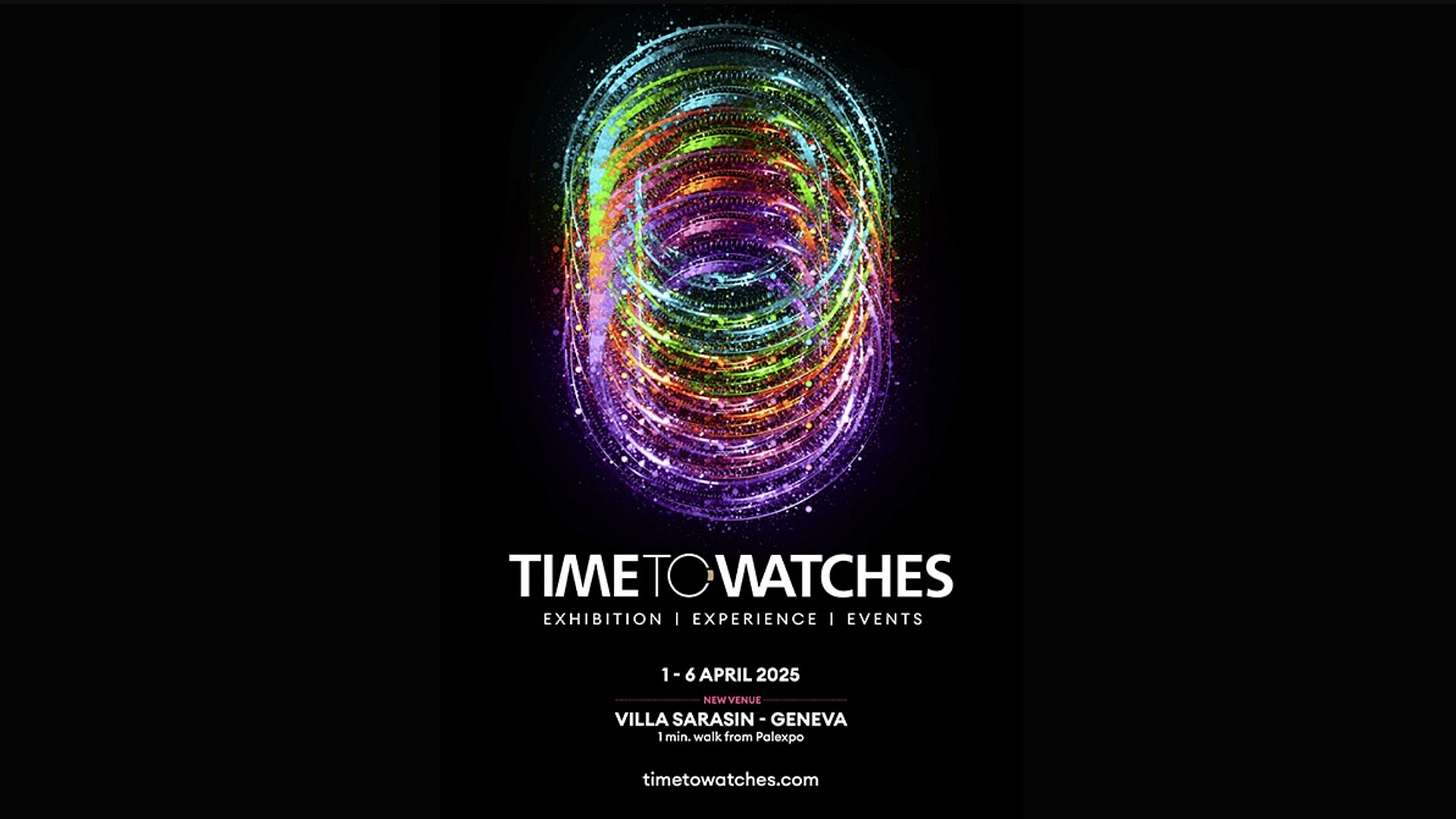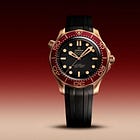Watches and Wonders, Cvstos celebrates 20 years old & Lorige’s Racing Innovation
This week on WorldTempus: Watches and Wonders Geneva Preview, Cvstos marks 20 years, Lorige’s watchmaking innovation shines, and Cartier’s iconic shapes evolve.
THIS WEEK’S NEWS
Watches and Wonders Geneva 2025 Sets the Tempo for a Milestone-Filled Year
From April 1 to 7, 2025, under the early light of spring, Geneva will once again become the epicenter of high watchmaking as 60 brands gather for Watches and Wonders. This week-long celebration will spotlight the creativity, expertise, and technical mastery of the world's most prestigious maisons.
Born from the merger of two historic trade fairs—SIHH, once exclusive to Richemont brands and close partners, and Baselworld, which featured a broader scope—Watches and Wonders now stands as the most comprehensive showcase of contemporary horology. Legendary names such as Patek Philippe, Rolex, TAG Heuer, Cartier, Jaeger-LeCoultre, A. Lange & Söhne, Vacheron Constantin, IWC, Chopard, and Van Cleef & Arpels will all be present. Notably, this year marks Bulgari’s debut at the event, with a highly anticipated booth design that promises to reflect the brand’s bold character.
Beyond the walls of the Palexpo exhibition center, the entire city of Geneva will join the celebration. The “In the City” program will feature open-air installations, musical performances, craft demonstrations, and immersive experiences that bring the heritage of fine watchmaking directly to the public. The "Village Horloger" will serve as a hub for exploring métiers d'art, making horology accessible in new and engaging ways.
Anniversaries will be a key theme of the 2025 edition. Watchmakers will unveil limited editions and tributes commemorating milestones such as Audemars Piguet’s 150th anniversary, 20 years of the Hublot Big Bang, 25 years of Chanel’s J12, 70 years of the GMT Master, and Patek Philippe’s centenary of its first perpetual calendar wristwatch. Breguet’s 250th and Vacheron Constantin’s 270th anniversaries further elevate the year’s significance.
WorldTempus will deliver full coverage from Geneva, with its editorial and production teams on-site to provide in-depth reporting, interviews, and analysis throughout the event.
Can a Watch Collection Help Save the Alpine Eagle?
Since its debut in 2019, Chopard’s Alpine Eagle Collection has captivated enthusiasts with its bold silhouette, integrated bracelet, and distinctive textured dial inspired by the iris of an eagle. But beyond its striking aesthetic, the collection carries a deeper purpose—supporting the preservation of the Alpine eagle, a majestic bird once nearly extinct in Europe.
In a recent interview conducted in the heart of the Swiss Alps, WorldTempus met with the co-founders of the Alpine Eagle Foundation: Karl-Friedrich Scheufele, Co-President of Chopard, and Jacques-Olivier Travers, founder of the Les Aigles du Léman bird sanctuary. Their shared mission goes far beyond horology—it is about raising awareness and taking tangible action to support biodiversity and reintroduce these raptors to their natural habitat.
The conversation sheds light on the alarming decline of eagle populations across Europe and the importance of long-term conservation efforts. “We want to do more than just make beautiful watches,” Scheufele explains. “We want to make a difference.”
Recent advances in GPS tracking technology are also transforming how we understand these birds. With satellite transmitters now attached to young eagles, conservationists are uncovering behavioral patterns that were previously unknown. These findings have been crucial in refining protection strategies, from nesting site monitoring to flight path analysis.
This technological leap is not only providing data for researchers—it is rewriting the ecological narrative of the species. What was once a symbol of loss is now a beacon of resilience, and the Alpine Eagle Collection plays a symbolic and financial role in that journey.
Through this alliance between watchmaking and wildlife conservation, Chopard offers more than a timepiece—it offers a commitment to safeguarding nature, one eagle at a time.
Cvstos Celebrates 20 Years of Independent Vision and Steady Craftsmanship
As Cvstos commemorates its 20th anniversary, CEO Stefan Kunz offers a look back at the brand’s distinctive path and the strategy that continues to guide its future. With a firm belief in the power of independent watchmaking, Kunz remarks, “I've always preferred independent brands. They have more ideas, they're more creative, and more innovative.”
From the outset, Cvstos positioned itself apart from the traditional codes that dominated the industry in the early 2000s. Rather than conforming to closed-dial designs and conservative aesthetics, the brand introduced a more contemporary, sporty character. Launched around the same time as industry disruptors like the Big Bang and Richard Mille, Cvstos took a different route—focusing on models that offered strong perceived value without the extreme pricing. “What was priced at 15,000 euros back then is still more or less at 15,000 euros today,” notes Kunz. “And we still make around 1500 pieces a year.”
This deliberate consistency has become a core element of Cvstos’s identity. While others pursued rapid expansion and rising prices, the brand stayed committed to gradual, reasoned growth. Early support from the Franck Muller group helped establish its retail presence, but over time Cvstos gained technical independence, now operating a dozen CNC machines for the production of components such as cases, plates, bridges, and oscillating masses.
This in-house capability has fueled creative freedom. While the Sealiner and Chronograph collections remain icons, the introduction of the Metropolitan three years ago marked a pivotal shift. Featuring a simpler design and a traditional dial, the model introduced a more understated, urban aesthetic. “It needs time to settle in,” says Kunz, suggesting a new direction while respecting the brand’s roots.
To honor its 20th milestone, Cvstos is preparing to unveil a new tourbillon and will welcome guests to its Geneva headquarters during Watches and Wonders.
NEW WATCHES
Glashütte Original Introduces Two Refined Additions to the Senator Excellence Line
Drawing on 180 years of German watchmaking heritage, Glashütte Original expands its Senator Collection with two new versions of the Senator Excellence Panorama Date Moon Phase. These handcrafted timepieces, offered with either a silver or rose-colored dial, pay homage to the historic design codes found in the brand’s archives from the 19th and 20th centuries. With their classical Roman numerals and clean aesthetics, they underscore the enduring values of precision, craftsmanship, and understated elegance.
Glashütte’s origins trace back to 1845, when the Saxon town became a hub for high-quality, functional timepieces made for everyday life. That founding philosophy remains intact today. The new models in the Senator Excellence line reflect this commitment, with each watch carefully decorated, assembled, and adjusted by hand. The result is a durable, refined companion designed to be worn daily, much like a finely crafted object that ages gracefully over time.
The new dials stand out with a frosted texture in silver or copper tones, inspired by the natural minerals of the nearby Ore Mountains. Solid gold Roman numerals, hand-applied and coated in blue, are paired with blued and polished poire hands and a signature double-G seconds hand. The Panorama Date at 4 o'clock and the moon phase display complete the dial’s elegant layout, blending historical influence with contemporary clarity.
Inside the 40 mm stainless steel case, the automatic Caliber 36 movement offers robust performance. With a 100-hour power reserve, a silicon balance spring resistant to temperature changes and magnetic fields, and a bayonet-style case mount that enhances shock protection, the movement is designed for reliability and ease of service. Each watch undergoes a 24-day testing process to confirm its performance standards.
Available beginning March 2025 through authorized retailers, these two new references represent Glashütte Original’s dedication to timeless design, mechanical integrity, and lasting value.
Lorige Reinvents the Rules with Watch Cases Made from Race-Winning Brake Pads
In a watch industry filled with references that often rely on borrowed themes—“inspired by,” “in tribute to,” “made from”—Lorige stands apart by offering something genuinely authentic. The brand is the only one in the world to machine entire watch cases from the actual brake pads of race-winning cars, transforming carbon material that once endured 900°C on legendary tracks into wearable mechanical art.
While earlier projects in watchmaking experimented with fragments of iconic objects—from the Titanic to volcanic sand—Lorige’s approach is singular in its technical ambition. No other brand has created a full case structure from high-performance carbon brake pads, known for their extreme porosity caused by the heat and stress of racing. For a component that must be completely sealed, achieving water resistance from such a material presented a significant challenge.
The journey took nearly three years. The three founders, none of whom came from the watch industry, worked in near anonymity, away from commercial pressure or traditional trade show expectations. This allowed them to develop proprietary techniques, beginning with a dual-stage machining process. First, each brake pad is cut to form two case structures. These are then injected with resin, re-machined, and finished entirely by hand over five hours per case.
One breakthrough came from identifying a highly fluid resin, originally used in wind turbine blades, capable of infiltrating every micro-cavity within the carbon. The second innovation addressed surface finish. To overcome carbon’s natural resistance to polishing, Lorige introduced a double-level machining technique. The upper surface is resin-filled for smooth contact with components, while the lower retains the raw geometry of the original brake pad.
Each case requires 30 hours to complete. Quantities remain minimal. “We can only make one or two cases per pad. If we buy 8 pads, with slight wastage, we’ll get 15 cases, no more. We can’t restart. The original pad, whose entire history on the track is documented, will be completely used up,” says Clément Etienvre, co-founder of Lorige.
This uncompromising approach has resulted in timepieces that are not just inspired by racing—they are forged from it.
WATCH KNOWLEDGE
Cartier, the Watchmaker of Shapes: A Legacy Carved in Curves and Angles
Cartier’s journey into the world of unconventional watch shapes began in 1904 with Louis Cartier and his groundbreaking creation, the Santos-Dumont. Designed for aviation pioneer Alberto Santos-Dumont, it was the first modern wristwatch—and more importantly, the first square-shaped one. Breaking away from the traditional round pocket watches of the time, Cartier laid the foundation for a new chapter in horology centered on geometry and functionality.
Only a few years later, in 1912, Louis Cartier introduced another distinct form: the Tortue. With its curved lines reminiscent of a turtle's shell, the Tortue brought a new aesthetic halfway between a circle and a square. It quickly became one of the maison’s most requested models, alongside the Santos.
That same year, Cartier also debuted what would eventually become the Baignoire, characterized by its soft oval silhouette. Officially named in 1973, the Baignoire has evolved across generations, adapting its proportions and even being mounted on rigid bracelet designs, while maintaining its identity rooted in elegance and simplicity.
In 1967, Cartier London gave birth to the now-iconic Crash watch, reportedly inspired by the distorted form of a damaged timepiece brought in for repair. Jean-Jacques Cartier chose to preserve its unusual, flowing lines, creating a watch that captured the free-spirited energy of Swinging London and introduced a bold artistic language into the brand’s repertoire.
Fast forward to 2016, Cartier unveiled the Drive—a cushion-shaped model evoking vintage automotive curves. Somewhere between a square and a circle, the Drive expresses a contemporary interpretation of masculine refinement with its softened geometry and bold character.
Through each of these models, from the Santos to the Drive, Cartier has continually redefined watchmaking codes, anchoring its reputation as the true master of shaped watches. Louis Cartier’s legacy lives on, not in repetition, but in constant reinvention through form.
MUST-SEE THIS WEEK
Time to Watches 2025: A Vibrant Celebration of Independent Watchmaking at Villa Sarasin
From April 1 to 6, 2025, Villa Sarasin in Geneva will become the central stage for innovation, independent craftsmanship, and creative momentum during Time to Watches. Just steps from Palexpo, this event brings together 77 watch brands in an immersive, energetic setting where ideas flourish and passion for horology is shared with collectors, media, retailers, and enthusiasts alike.
The event begins with a festive inauguration on April 1 at 7:30 PM, highlighted by a cocktail dinner crafted by Chef Gilbert Renaud. The convivial tone continues throughout the week with complimentary breakfasts for exhibitors and media every morning and piano-bar style evening gatherings from Wednesday to Saturday. A food truck and beer truck stationed outside the venue offer a casual, flavorful backdrop from 11:00 AM to 8:00 PM daily, enhancing the event’s relaxed, open-air atmosphere.
More than a showcase, Time to Watches is an invitation to explore. Daily workshops allow participants to step into the role of a watchmaker, gaining hands-on experience with mechanical watchmaking. Guided tours led by experts offer deeper insight into the exhibitors’ work, highlighting the stories, techniques, and inspirations behind the timepieces on display.
Beyond the tactile, the event embraces dialogue. In a transparent igloo just outside the venue, industry insiders will record live podcasts, engaging in forward-thinking discussions on the evolving landscape of watchmaking. These conversations aim to bridge generations and perspectives, reinforcing the connection between tradition and innovation.
Now in its fourth edition, Time to Watches continues to cultivate an atmosphere where creativity thrives, knowledge is shared, and the spirit of independent watchmaking remains at the forefront. In 2025, Villa Sarasin promises to be more than a venue—it will be where time, and the ideas that shape it, come to life.


